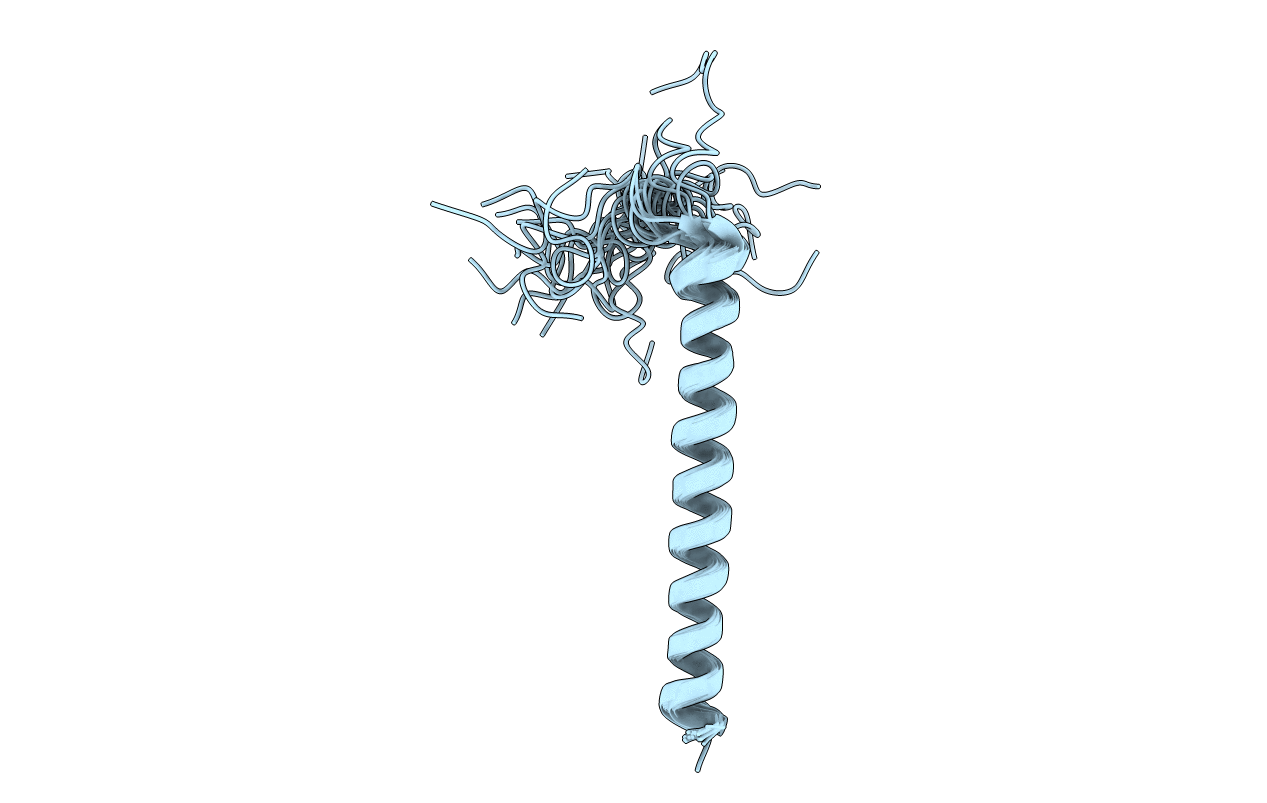
Deposition Date
2014-09-23
Release Date
2014-12-10
Last Version Date
2024-05-01
Entry Detail
PDB ID:
2MV6
Keywords:
Title:
Solution structure of the transmembrane domain and the juxta-membrane domain of the Erythropoietin Receptor in micelles
Biological Source:
Source Organism:
Homo sapiens (Taxon ID: 9606)
Host Organism:
Method Details:
Experimental Method:
Conformers Calculated:
50
Conformers Submitted:
20
Selection Criteria:
structures with the lowest energy


